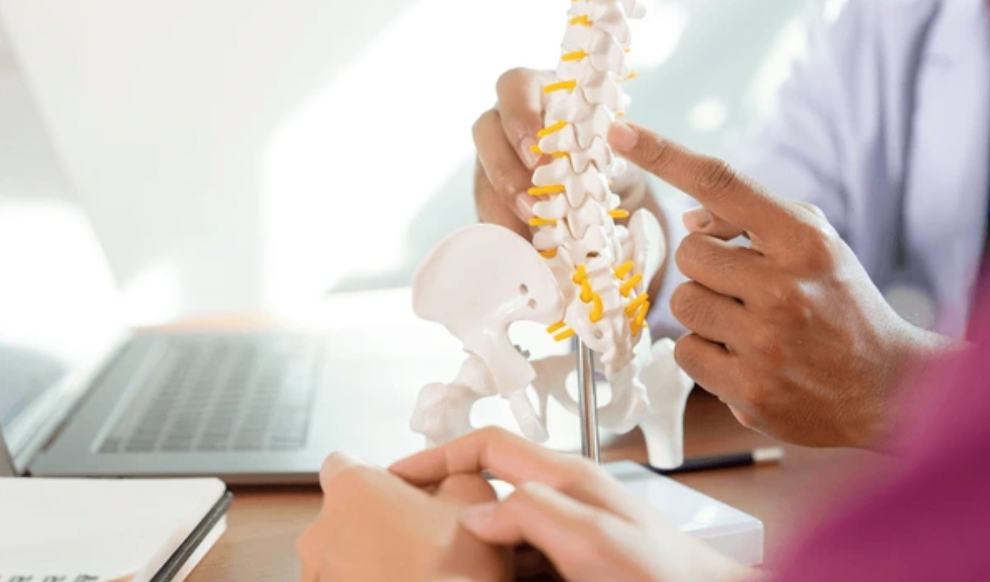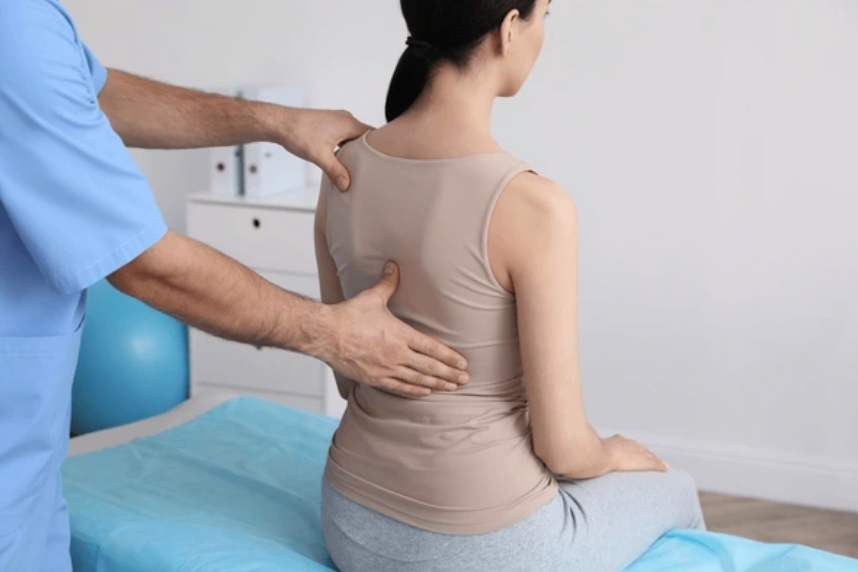In June, we raise awareness about Scoliosis, a condition that impacts the spine, causing a lateral curvature of the backbone. This condition can affect individuals across all age groups, from infants to adults. While some cases are mild, others can be severe, leading to restricted movement and discomfort.
Westchester Independent Living Center (WILC) recognizes the significance of raising awareness about scoliosis and its impact on independent living. Scoliosis can pose unique challenges for individuals striving for autonomy, highlighting the importance of early detection and intervention to mitigate its effects on mobility and quality of life.

What is Scoliosis?
Scoliosis is a condition characterized by a sideways curvature of the spine, typically measured at angles exceeding 10 degrees on an X-ray. This deviation from the spine’s normal alignment can result from various factors, leading to different types of scoliosis. These include:
- idiopathic scoliosis, the most common form, which develops from genetic factors and hormonal dysregulation
- congenital scoliosis, stemming from abnormal spine development before birth
- neuromuscular scoliosis associated with conditions like cerebral palsy or muscular dystrophy
- degenerative scoliosis linked to age-related changes in the spine
- rotoscoliosis, which involves twisting of the spine alongside curvature.
Understanding these distinctions is crucial for effective diagnosis and treatment planning.
What Symptoms are Associated with Scoliosis?
Symptoms of scoliosis can include uneven shoulders and waist, as well as prominence on one side of the back, and the rib cage often jutting forward. These signs not only affect the physical appearance but also can lead to a multitude of challenges, such as breathing difficulties, limitations in bending and lifting objects, decreased mobility, and an increased likelihood to conditions like arthritis. As a result, the daily routine may be considerably burdensome for persons with scoliosis.

How Does One Manage or Treat Scoliosis?
It is possible for those with scoliosis to live independently and manage day-to-day challenges. Doctors recommend various methods to impede curve progression—from common, noninvasive approaches like wearing a brace, to more severe cases and treatments such as surgical procedures (such as spinal fusions, expanding rods, and vertebral body tethering.
Additionally, self-empowered strategies such as maintaining good posture, engaging in regular exercise to strengthen supportive muscles, and managing pain through heat or cold packs are important ways to manage an enhance day-to-day life. As with any condition that poses a challenge to independence, one’s immediate home environment is also key to navigating scoliosis: a supportive mattress and pillow, or an assistive device like a reach extender, can be very helpful in empowering an independent lifestyle.
At WILC, we encourage self-advocacy throughout one’s journey with health and independence. With timely treatment, proper resources and support, living independently with scoliosis is an achievable goal. As we raise awareness about scoliosis this June, we hope to build a more educated community that recognizes and celebrates individuals facing various disabilities, including scoliosis, making strides to lead fulfilling lives.
If you are seeking guidance for accessing the resources and opportunities you need in order to live independently, please reach out today to WILC at (914) 682-3926 or PILS at (845) 228-7457.
